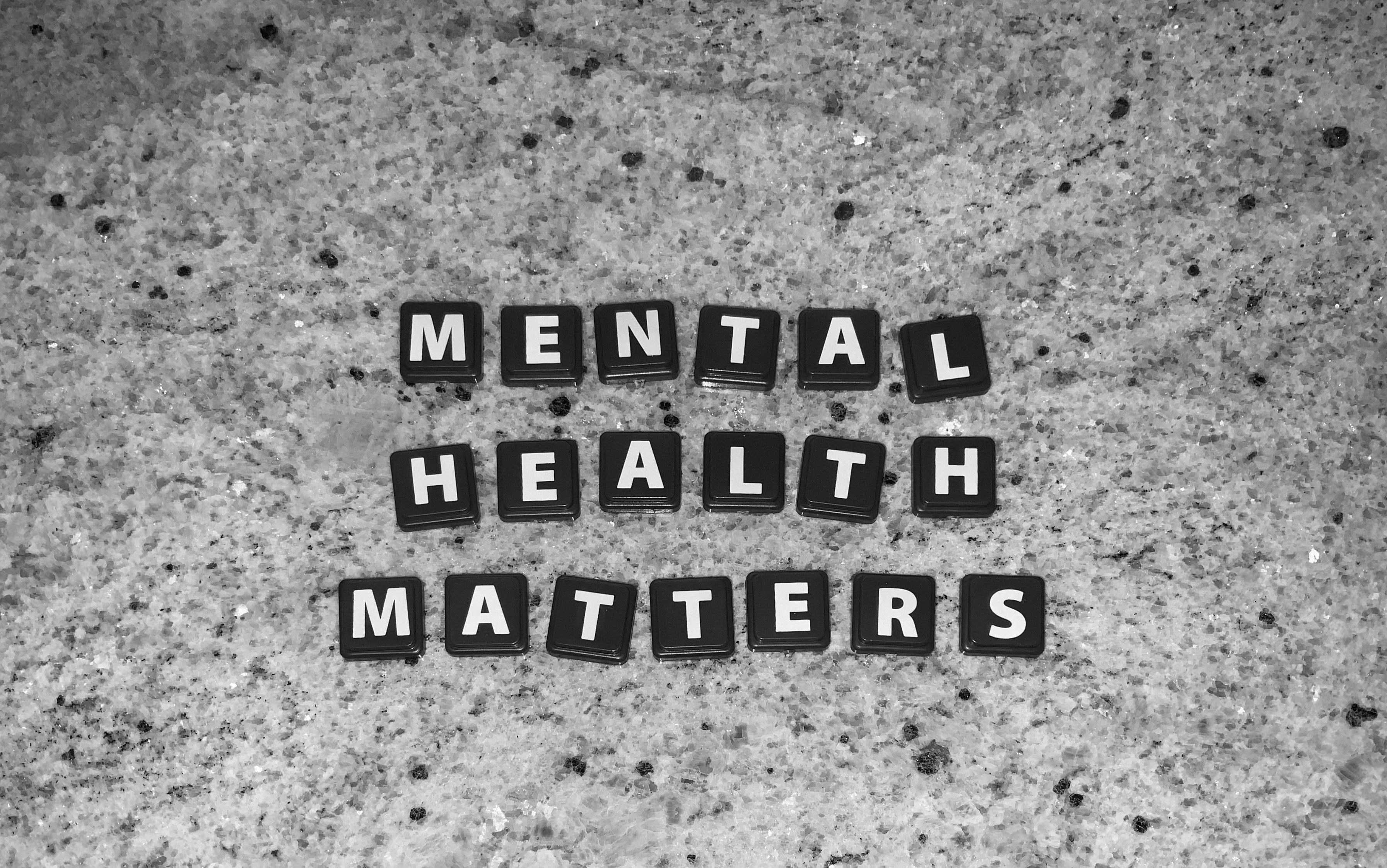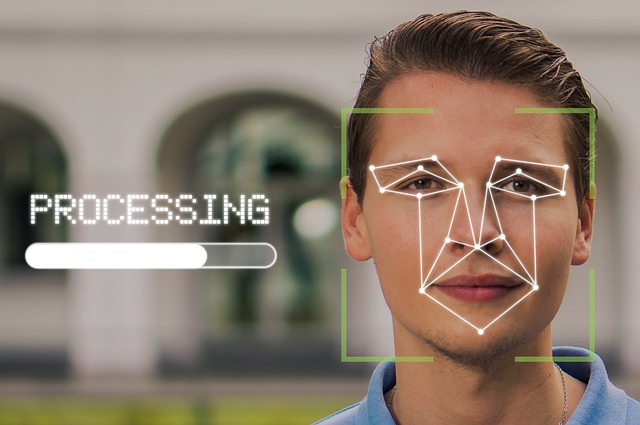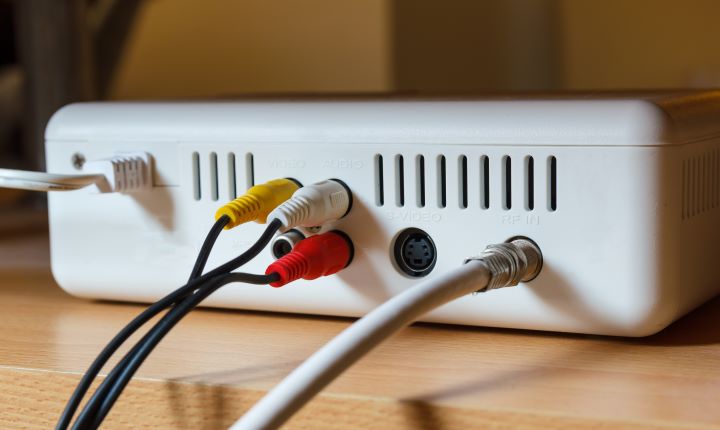Navigating the Turbulent Waters of Social Anxiety
Social anxiety disorder, a prevalent yet often misunderstood mental health condition, affects millions of individuals worldwide. This debilitating disorder extends far beyond mere shyness, profoundly impacting one's ability to engage in everyday social interactions and form meaningful relationships. Those grappling with social anxiety frequently experience intense fear and self-consciousness in social settings, leading to avoidance behaviors that can significantly limit their personal and professional growth. Despite its widespread occurrence, social anxiety remains shrouded in misconceptions, often dismissed as a character flaw rather than a legitimate mental health concern. As awareness grows and treatment options evolve, understanding the nuances of this condition becomes increasingly crucial for fostering a more compassionate and inclusive society.

Prior to this, individuals suffering from what we now know as social anxiety were often labeled as simply shy, introverted, or socially inept. This lack of recognition led to countless people struggling in silence, their condition unacknowledged and untreated. The formal inclusion of social anxiety disorder in the Diagnostic and Statistical Manual of Mental Disorders (DSM) in 1980 was a watershed moment, legitimizing the experiences of millions and paving the way for focused research and treatment development.
The Neurobiological Underpinnings
Recent advancements in neuroscience have shed light on the complex neurobiological mechanisms underlying social anxiety. Brain imaging studies have revealed that individuals with social anxiety disorder show heightened activity in the amygdala, a region of the brain responsible for processing emotions, particularly fear and anxiety. This hyperactivity is often accompanied by reduced activation in the prefrontal cortex, an area involved in regulating emotional responses.
Furthermore, researchers have identified alterations in neurotransmitter systems, particularly serotonin and dopamine, which play crucial roles in mood regulation and reward processing. These neurochemical imbalances may contribute to the persistent negative thoughts and avoidance behaviors characteristic of social anxiety. Understanding these biological underpinnings has not only deepened our comprehension of the disorder but also informed the development of more targeted pharmacological interventions.
The Cognitive-Behavioral Perspective
While biological factors play a significant role, the cognitive-behavioral model of social anxiety has been instrumental in developing effective therapeutic approaches. This perspective emphasizes the interplay between thoughts, emotions, and behaviors in maintaining the disorder. Individuals with social anxiety often engage in negative self-talk, catastrophizing potential social outcomes, and maintaining unrealistically high standards for social performance.
These cognitive distortions lead to heightened anxiety in social situations, which in turn reinforces avoidance behaviors. Over time, this cycle of negative thoughts, feelings, and avoidance becomes self-perpetuating, further entrenching the individual in their social anxiety. Cognitive-behavioral therapy (CBT) aims to break this cycle by challenging distorted thought patterns, gradually exposing individuals to feared social situations, and teaching coping strategies to manage anxiety symptoms.
The Impact of Digital Communication
The rise of digital communication and social media has introduced new dimensions to the experience of social anxiety. On one hand, these platforms offer individuals with social anxiety alternative means of connection that may feel less threatening than face-to-face interactions. The ability to carefully craft messages and control one’s online persona can provide a sense of safety and control that is often lacking in real-world social situations.
However, the pervasive nature of social media also presents unique challenges. The constant exposure to curated representations of others’ lives can exacerbate feelings of inadequacy and fear of judgment. Moreover, the blurring of boundaries between online and offline social spheres can sometimes make it more difficult for individuals to escape their anxiety, as social pressures extend into digital spaces. As society becomes increasingly interconnected through technology, understanding and addressing the complex relationship between social anxiety and digital communication becomes ever more critical.
Innovative Treatment Approaches
While traditional therapies like CBT remain the gold standard for treating social anxiety, innovative approaches are emerging to complement these established methods. Virtual reality exposure therapy (VRET) has shown promising results in helping individuals confront feared social situations in a controlled, simulated environment. This technology allows for gradual, customized exposure to anxiety-provoking scenarios, offering a bridge between imaginal exposure in therapy sessions and real-world encounters.
Mindfulness-based interventions have also gained traction in treating social anxiety. By cultivating present-moment awareness and non-judgmental acceptance of thoughts and feelings, mindfulness practices can help individuals better manage the intense emotions and self-critical thoughts associated with social anxiety. Some therapists are incorporating elements of acceptance and commitment therapy (ACT), which focuses on accepting uncomfortable thoughts and feelings rather than trying to change them, while committing to actions aligned with personal values.
The Role of Social Support and Stigma Reduction
The importance of social support in managing and overcoming social anxiety cannot be overstated. Supportive relationships can provide a safe space for individuals to practice social skills, challenge their fears, and build confidence. However, the very nature of social anxiety often makes it difficult for those affected to seek out and maintain such relationships.
Efforts to reduce stigma surrounding social anxiety and mental health in general play a crucial role in creating a more supportive environment. Public education campaigns, media representations that accurately portray social anxiety, and open discussions about mental health all contribute to fostering understanding and empathy. As societal attitudes shift, individuals with social anxiety may feel more empowered to seek help and share their experiences, breaking the cycle of isolation that often accompanies the disorder.
In conclusion, social anxiety disorder represents a complex interplay of biological, psychological, and social factors. As our understanding of this condition continues to evolve, so too do the strategies for its treatment and management. By addressing social anxiety from multiple angles – from neurobiology to cognitive processes, from digital interactions to societal attitudes – we can work towards a future where those affected by this disorder can find relief and lead fulfilling social lives. The journey towards overcoming social anxiety is often challenging, but with continued research, innovative treatments, and increased societal awareness, there is hope for those navigating these turbulent waters.




